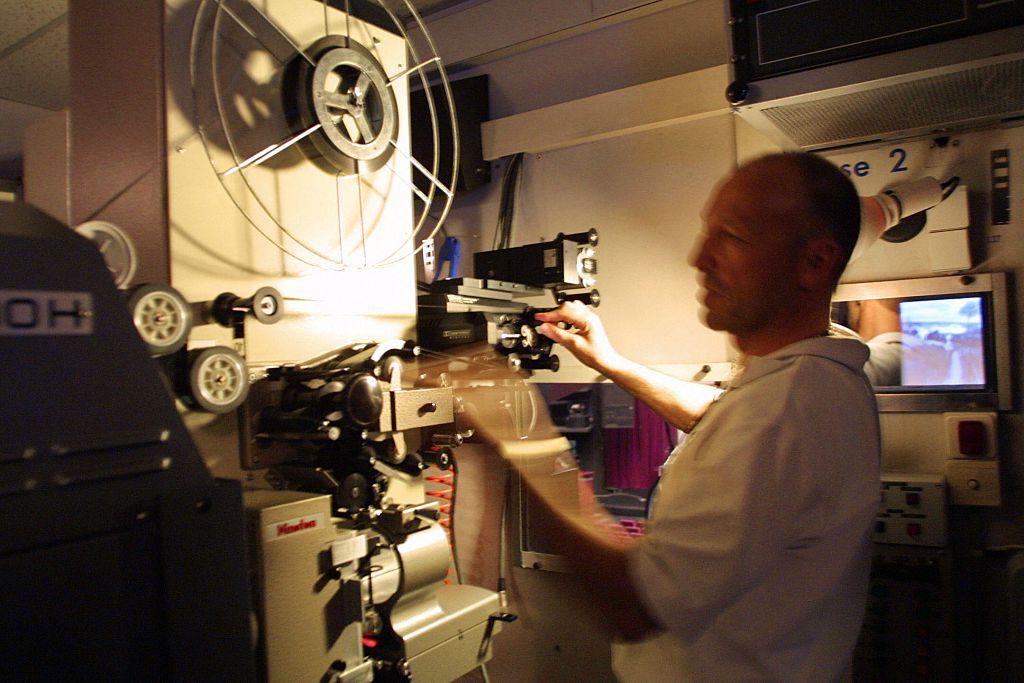The Social Security Administration (SSA) recently made some important changes that will likely result in more disability benefit claims going through.
The way that the system works is that when an individual applies for disability benefits, their claim is partially decided based on whether there are available jobs in the market that match their abilities. If there’s a match, the claim would be denied.





